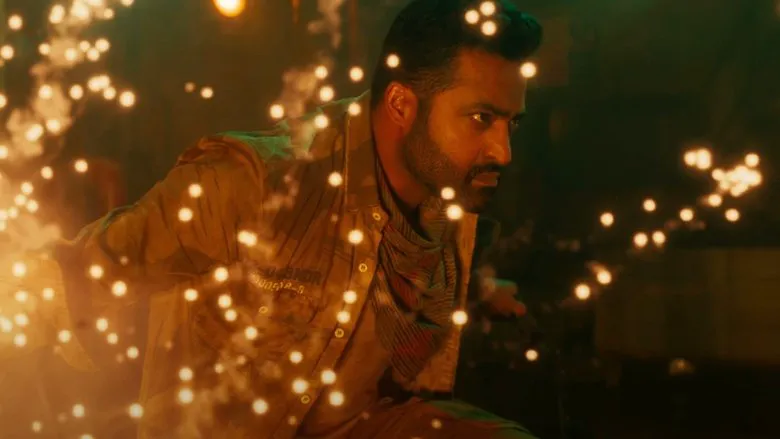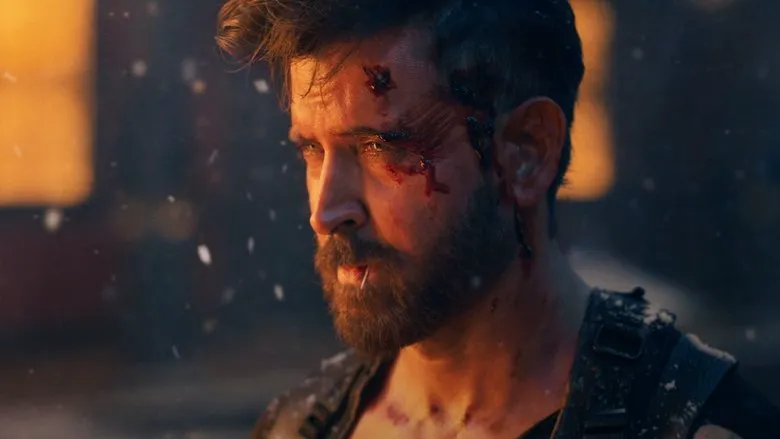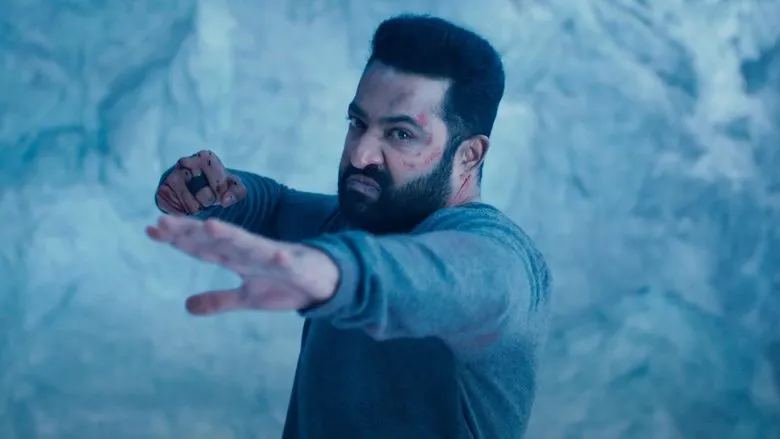Blue is the Warmest Color: A Tale of Love, Class, and Conflicting Visions
The film “Blue is the Warmest Color” (La Vie d’Adèle) tells the story of Adèle (Adèle Exarchopoulos), a high school student who, after an unsatisfying encounter with a boy, finds herself drawn to a blue-haired art student named Emma (Léa Seydoux). Their connection is immediate and intense, leading to a passionate love affair and a shared life. However, Adèle struggles to fit in with Emma’s bohemian circle, while Emma questions Adèle’s aspirations, wondering why she chooses to teach elementary school instead of pursuing writing.

Julie Maroh began creating the comic “Blue is the Warmest Color” in 2004, dedicating five years to the 160-page work.
The film’s Palme d’Or win at Cannes and the subsequent acclaim it received in the West sparked debate. Was it a groundbreaking masterpiece or an overhyped melodrama fueled by a pro-LGBTQ+ agenda? The truth, as often happens, lies somewhere in between. “Blue is the Warmest Color” is more than a simple love story, but it falls short of being a perfect film. It suffers from what could be called the “Solaris syndrome.”

Following the film’s triumph at Cannes, a public feud erupted between Léa Seydoux and director Abdellatif Kechiche. Seydoux described feeling “like a prostitute” during the filming of the explicit sex scenes, while Kechiche retorted that world-renowned stars shouldn’t complain about what they agree to do on set.
The “Solaris Syndrome”
What is this “Solaris syndrome”? It’s when a writer creates one thing, and the filmmaker adapts it into something completely different, sometimes even its opposite. In the case of “Blue is the Warmest Color,” the issue stems from the differing perspectives of director Abdellatif Kechiche and Julie Maroh, the author of the graphic novel on which the film is based. Maroh, a “white” lesbian, believes that homophobia remains prevalent in Western Europe. Kechiche, a heterosexual French-Arab, believes that homophobia is largely defeated, but class divisions are not.
Maroh’s comic explores how a lesbian relationship crumbles under the weight of homophobia. Kechiche, however, removed key plot points (such as the pivotal scene where Adèle’s father rejects her) and toned down the homophobic elements that remained. He then filled the gaps with scenes highlighting the social disparities between Adèle, who eats shawarma and pasta, and Emma, who indulges in oysters and wine. The film also incorporates discussions about art (“Do you know Egon Schiele? No? Take a break!”) and professions (“A schoolteacher? And I’m an actress!”), subtly illustrating how the modern elite separates itself from the common people.

A House Repaired with Panels
If “Blue is the Warmest Color” had been conceived from the outset as an exploration of class barriers, Kechiche might have created a flawless film. Instead, he reworked the narrative around a different theme, resulting in a film that feels like a brick house hastily repaired with mismatched panels after a bombing. The film is undeniably long, lacking in consistent drama (until the climactic scenes), and features sagging plot lines and abruptly appearing and disappearing secondary characters. While “Blue is the Warmest Color” conveys the director’s intended ideas, it does so in a clumsy and awkward manner.
The Heart of the Film
Why “cry” instead of “indifferently wave it off”? Because “Blue is the Warmest Color” has a superb core: the love affair between Adèle and Emma. When the two women are together – on a bench, in bed, in a restaurant – the film transforms into a powerful, passionate, and candid portrait of a feeling that is born, blossoms, and eventually dies. The film’s lengthy and almost pornographic sex scenes generated considerable controversy, but they are ultimately appropriate, even if uncomfortable for viewers with a Y chromosome. Such a love would be incomplete without such sex. If “Blue is the Warmest Color” consisted solely of scenes featuring the compelling duo of Exarchopoulos and Seydoux, there would be little to criticize. But these episodes make up just over an hour of the film. The rest is filled with dinners, cocktail parties, debates about Schiele and Klimt, school scenes featuring Adèle as both a student and a teacher, and a disconnected demonstration against the “bourgeoisie.” In short, filler. Almost two hours of filler.